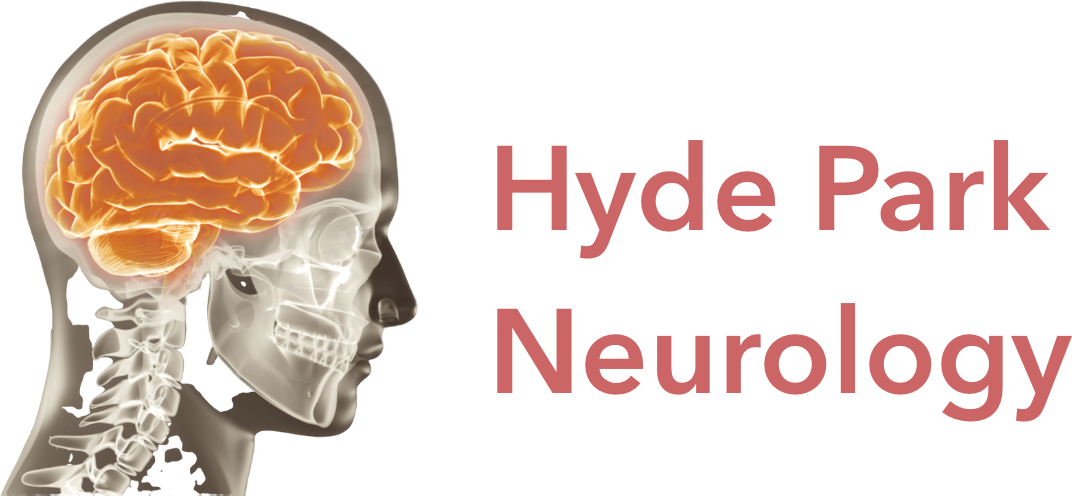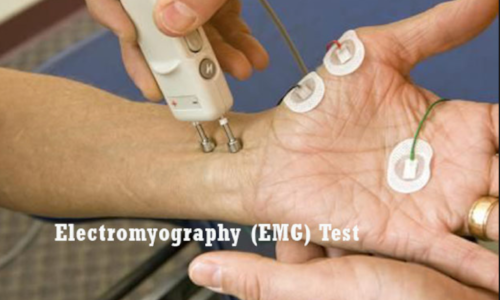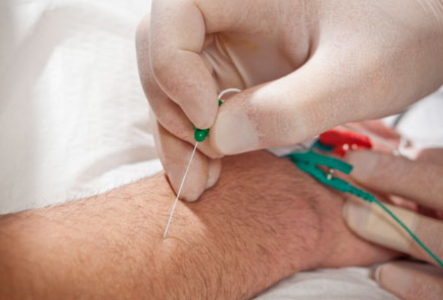Low Back Pain
Approximately 70% of all adults will experience low back pain in their lifetime. Acute low back pain can occur after straining the back muscles from over use such as prolonged bending (e.g., working in the garden), new physical activity (e.g., learning a new sport or exercise), prolonged poor posture (sitting too long or sleeping in a bad position) or after trauma (slippage on ice, fall, car accident, etc). Acute back pain is usually treated with rest, ice, massage with muscle salves (Bengay, etc), anti-inflammatory medications (NSAIDs), and stretching exercises. When acute back pain is not adequately treated, chronic pain can occur.
Chronic low back pain worsens with age and cumulative arthritic changes. Low back pain is a common cause of disability in younger adults. Eventually ligaments, discs, and spinal nerves may be compromised over time.
Lumbar Spine Disease
There are several components of the lumbar spine that can cause chronic low back pain. Acute injury, that does not adequately heal can lead to chronic low back pain.
The illustration below identifies regions of potential injury: bony areas (facet joints and vertebra support the spinal column and enable range of motion), discs (cushion the bones and aid alignment), spinal column (houses the network of electrical circuitry that travels from the brain and enables integrated movement), spinal nerves (send signals directly to muscles, tendons, and organs).
What are the causes of back pain?
Muscle strain or sprain
Poor posture
Arthritis
Osteoporosis
Bony fractures
Degenerative disc disease
Spinal stenosis
EMG (electromyogram)
Our neurologist performs a full evaluation and examination including an NCV/EMG (nerve conduction velocity and electromyogram) if needed to determine the degree of injury. Medications and physical therapy are often prescribed and imaging studies are ordered. We work with you to reduce your back pain and disability, imparting strategies and lifestyle changes to re-organize back structures long term. If necessary, we refer you to qualified pain doctors for epidural or facet pain injections (ESI) or surgeons for alternate approaches.
An EMG/NCV is a diagnostic study of the nerves and muscles. Surface electrodes are placed on the skin of the arms and/or legs along identified nerves and associated muscles. Nerves are stimulated and the conduction to the muscle is recorded. A thin needle is inserted in muscles and any injury to the muscle is recorded.
NERVE CONDUCTION VELOCITY ELECTROMYOGRAM



